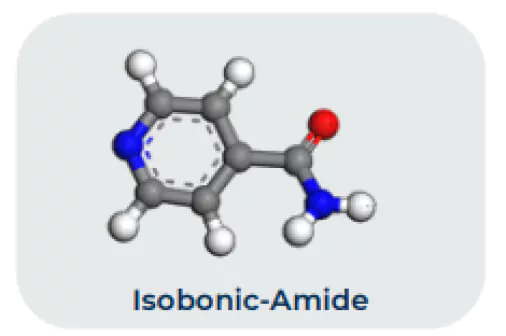시스테아민은 인체 조직에 생물학적으로 존재합니다
- 인간 세포에서 생리적으로 생성되는 가장 단순한 아미노티올입니다
- 모유에서 고농도의 시스테아민이 발견됩니다
- 생체 적합성 및 내약성



Hsu et al (2013) Journal of the American Accademy of Dermatology 68 (4,1) AB189, P6024
Mansouri et al (2015) British Journal of Dermatology 173 (1) 209-217
Kasraee (2017) 23rd International Pigment Cell Conference in Denver Co, USA
Goorochurn (2017) 26th Meeting of the EADV, Geneva, Switzerland
Farshi et al (2018) Journal of Dermatological Treatment, 29 (2) 182-189


Loading Locator Software...